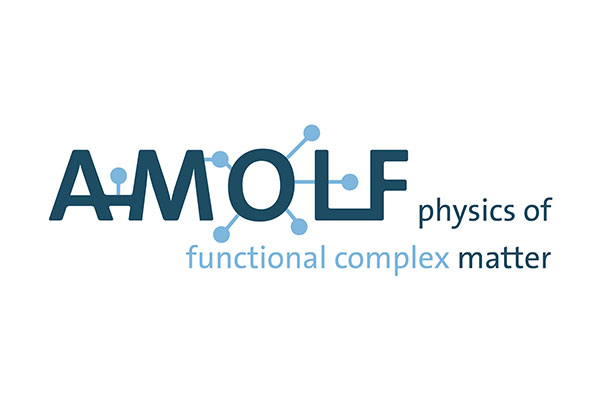AMOLF

What is AMOLF?
FOM Institute AMOLF is one of the research laboratories of the Foundation for Fundamental Research on Matter (FOM), part of the Netherlands Organisation for Scientific Research (NWO). AMOLF employs about 130 fte research staff and 70 fte support staff. AMOLF's yearly budget is 14 million euro. The institute is located in Science Park Amsterdam.
AMOLF's scope of research
"Quality, ambition, and multidisciplinary inspiration" are AMOLF's guiding
principles in carrying out its mission.
principles in carrying out its mission.
AMOLF's research programme focuses on two main themes:
Nanophotonics, focusing on the achievement of spatio-temporal control of light at the smallest possible scale. It will lead to new ways to generate, guide, direct, focus, concentrate and slow down light, to control light at the quantum level and to explore the magnetic component of light. The nanophotonics research program inspires many possible applications in solid-state lighting, functional materials and devices, and advanced materials fabrication and characterization.
Physics of Biomolecular Systems, carried out within two programs: Molecular Biophysics and Systems Biophysics, aiming to obtain a fundamental, quantitative understanding of the physical processes that are at the basis of biomolecular interactions, and of the collective properties of cellular systems that build upon these interactions in a functional biological context. This work contributes to a fundamental understanding of the operational principles of living systems, with important applications in health and food, and inspires the design of novel functional materials and devices.
In addition, AMOLF has started a new program on Photovoltaics, embedded within the two main themes, focusing on novel nano-structuring strategies that lead to strongly enhanced light-matter interaction using photovoltaic semiconductor materials and hybrid (self-assembled) bio-molecular structures for light collection and charge separation. The goal of this program is to generate novel breakthrough energy conversion concepts that can be readily applied at a large scale.